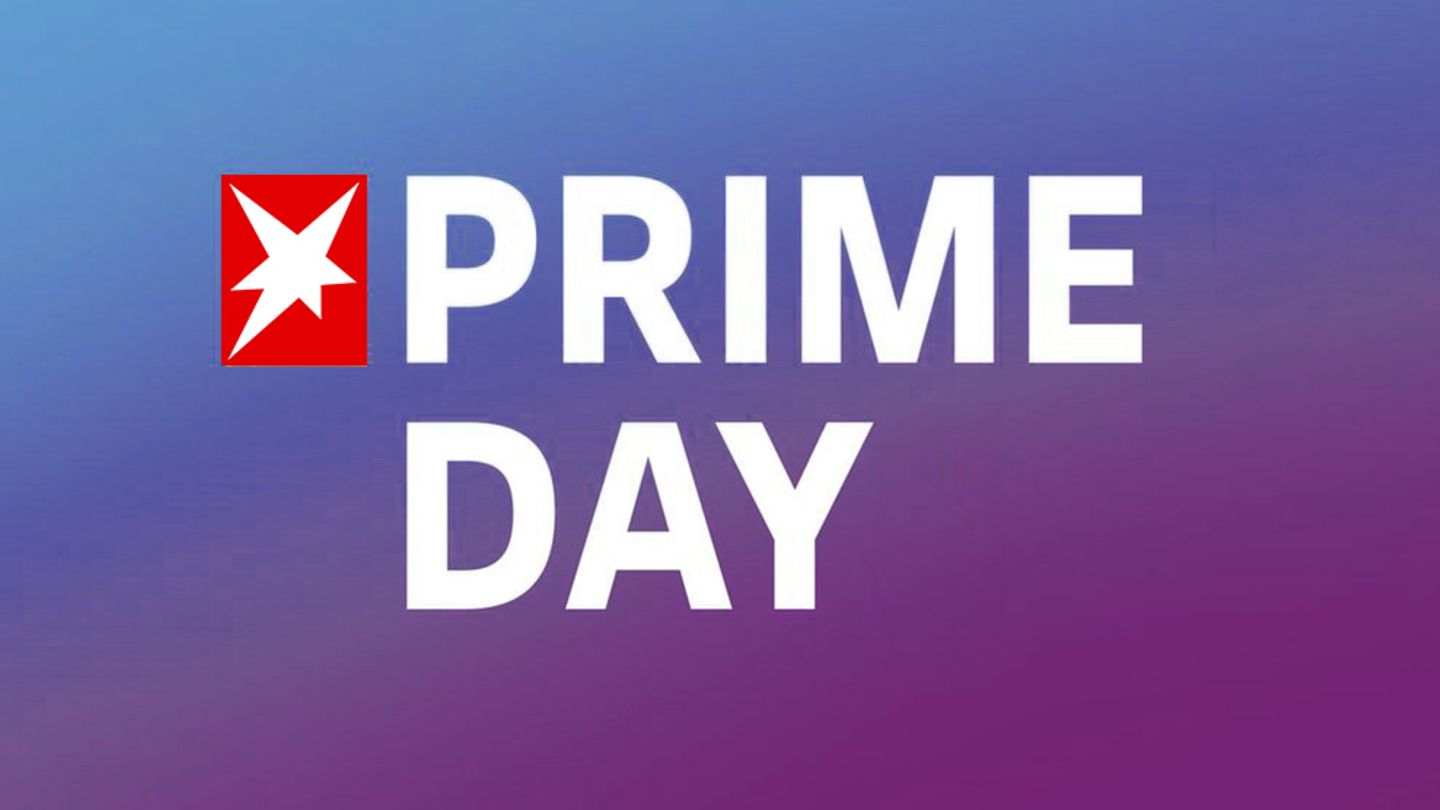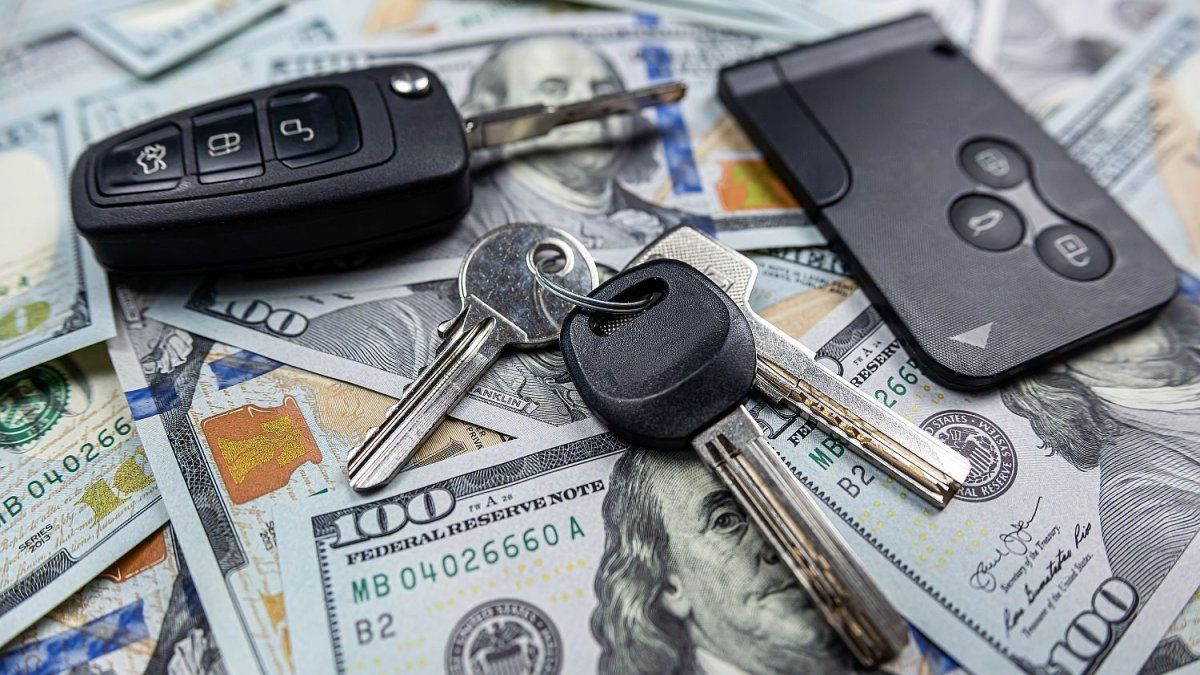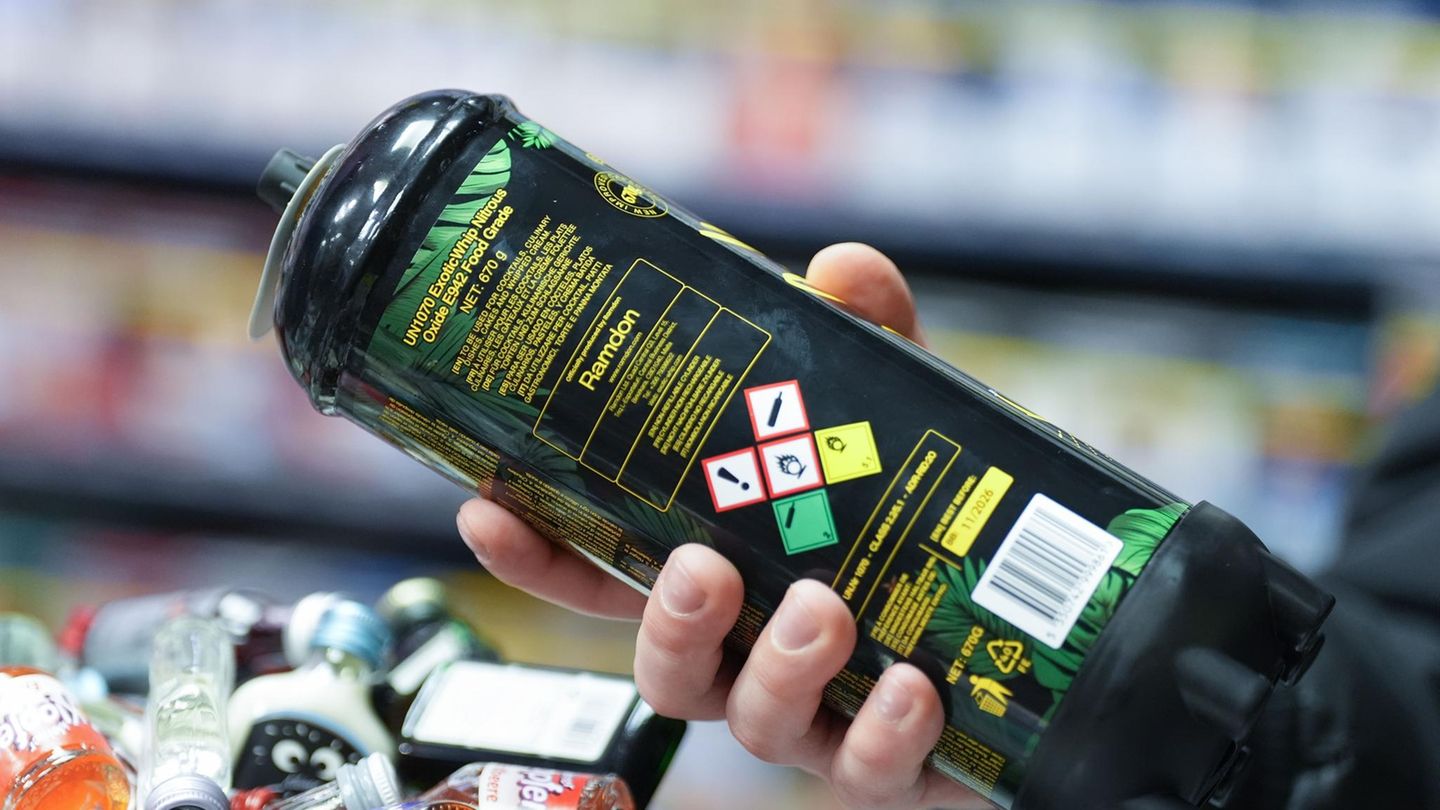With majority support from various parliamentary blocs, the project Law on Administration and Social Reuse of Seized and Confiscated Assets, prepared by a coalition of civil society organizations working within the framework of the “Restored Good” project.
If this proposal is approved, it would provide a real possibility of managing, preserving and reusing assets seized and confiscated for social purposes.indicated the promoters.
“In a context where violence associated with drug trafficking is growing alarmingly, there is a need to make changes in the actions of the Argentine judicial system in these cases,” they added.
Who promotes the Restored Property law?
This initiative was promoted by “Good Restored “for the dismantling of organized crime and the strengthening of civil society.”a project financed by the delegation of the European Union in Argentina and implemented by Libera (Italy), the Civil Association for Equality and Justice (ACIJ), the Multipolar Foundation and the Círculo Giuridico di Argentina.
The proposal looks for assets, such as cars, boats, houses, fields, airplanes, among others, that have been an instrument, product and benefit of complex criminal activities can be reused for social purposes.
In addition to the aforementioned organizations, judges and prosecutors worked on the drafting of the law proposal, and more than 50 social organizations accompanied its presentation.
image.png
What happens today with the seized assets?
Currently, assets seized in criminal proceedings are mostly administered by the Judiciary, but the system is functioning poorly, which harms society as a whole. It is estimated that The assets that the Argentine justice system has in its hands today are valued at at least more than $100,000 million.
For the most part, they are deteriorating and losing not only economic value (with the patrimonial damage that this entails for the State), but also symbolic value. Furthermore, there are no objective criteria to determine how to use this institute in the different courts and tribunals.
image.png

Finally, the information on these assets is incomplete and is in the hands of different organizations, making it difficult to know how many are in the hands of the State and their value, which in turn hinders their reuse.
What does the Restored Assets bill propose?
- Take advantage of the material resources recovered from organized crime.
- Make transparent the amount and management of assets recovered from organized crime.
- Develop state programs or programs managed by social organizations with the recovered resources.
- Guarantee the care of assets to preserve their value, both for the State and for the people involved in judicial processes.
- Place the management and administration of these assets in charge of a self-sustaining and specialized agency.
According to the promoters of the law, with these proposals, the project opens the discussion on the need to establish a new rational, effective and transparent administration and disposal system.
““It allows us to think about a more efficient process for managing these assets, generating appropriate tools for the fight against organized crime and allowing what was taken from the community to return to it.”they maintained.
The Italian experience that inspired the Bien Repósito project
In Italy, the social reuse of assets confiscated from the mafia has been in force since 1996. The specialized agency for the administration and reorientation of these assets (Ansbc) has under its supervision more than 24,500 real estate properties that previously belonged to mafia organizations. 40% of these goods today are being reused by work cooperatives.
Furthermore, it has managed to allocate more than €40 billion recovered from organized crime to the prevention and repair of the damage caused.
“Today, The best tools that the State has to combat criminal organizations have to do with economic disempowerment. That is, the assets that are used legally but were obtained illegally, Justice must take them away from criminal organizations and keep them in the power of the State at least until a final sentence is obtained,” said the ACIJ lawyer. Clara Lucarella to C5N.
“Many countries already have agencies with this management role. There are experiences in Colombia and Costa Rica, but the function of social reuse of goods is not contemplated. The greatest exponent of this type of policy is Italy. The fundamental part of the proposal is that the assets are not only in the hands of the State for their custody and administration, but that reparation is sought for the victims and for society as a whole,” added the specialist.
Pope Francis’ support for the Good Restored project
The Supreme Pontiff repeatedly expressed his support for the proposal that the consortium of organizations has been carrying out.
In a letter published in March 2022, Pope Francis considered that “The social reuse of assets recovered from the mafia is a virtuous example of healing and restoring peace through collective action”.
“For the State it is an opportunity to look at people again, creating opportunities where they did not existbecause organized crime usually occupies spaces where institutions are absent or function poorly. I hope that in this way Justice will gain space and expand, take root and take the place of inequality,” added the religious leader.
DRAFT LAW FOR THE ADMINISTRATION AND SOCIAL REUSE OF SECURED AND CONFISCATED PROPERTY – RESTITUTED PROPERTY
Source: Ambito
I am Pierce Boyd, a driven and ambitious professional working in the news industry. I have been writing for 24 Hours Worlds for over five years, specializing in sports section coverage. During my tenure at the publication, I have built an impressive portfolio of articles that has earned me a reputation as an experienced journalist and content creator.




